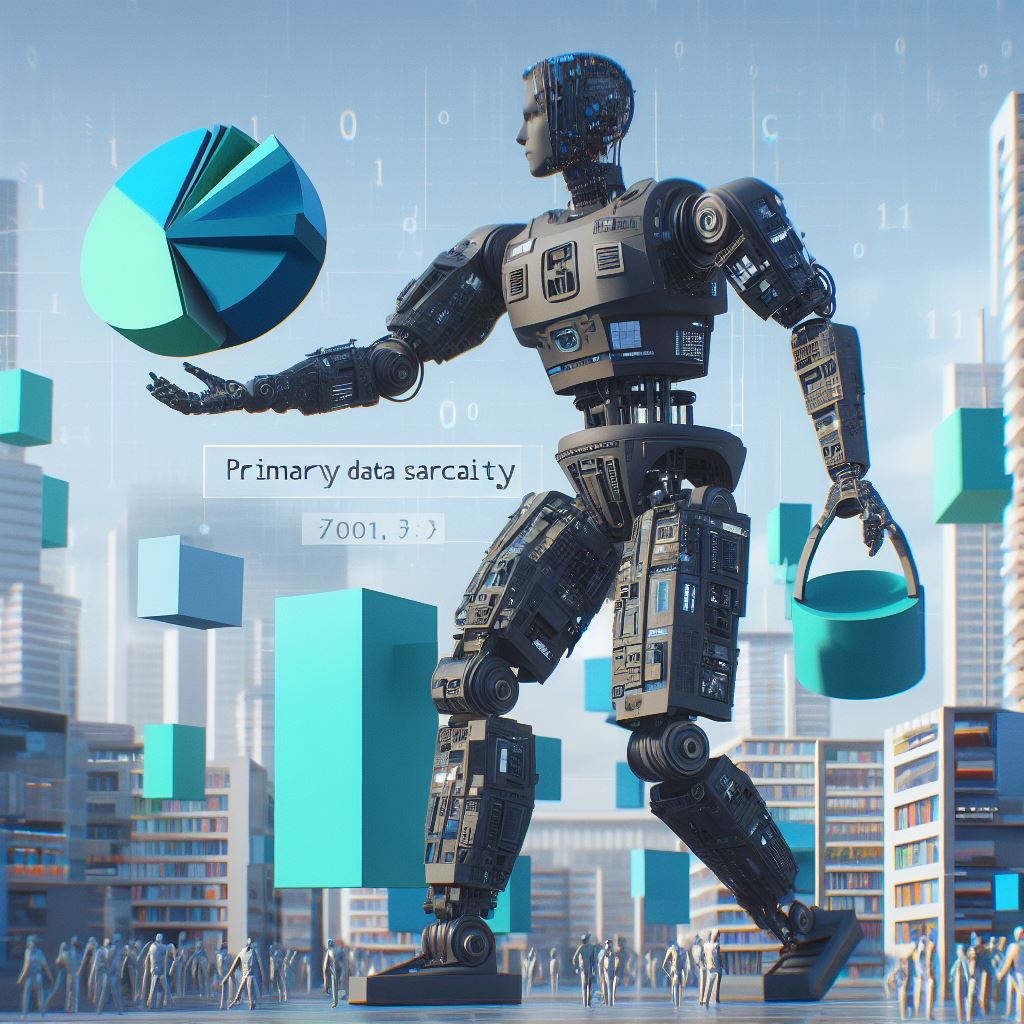
The Dawn of a New Era in Robotics: Overcoming Challenges and Seizing Opportunities
Date
10/04/2023Date
TechnologyAbstract
This essay provides a comprehensive overview of the challenges and prospects in the rapidly evolving field of robotics. By analyzing issues like data scarcity and market competition, as well as solutions such as large-scale datasets and advanced machine learning models, we aim to shed light on the future trajectory of robotics.

Problem
The primary obstacle hindering progress in robotics is the scarcity of data. Unlike fields like natural language processing (NLP) and computer vision, the robotics domain lacks abundant, accessible data. This absence of data restricts the development of sophisticated machine learning models essential for robotic tasks like perception, navigation, and control.
Market Size
The global robotics market is on a robust growth trajectory. Projections suggest that the market will escalate from USD 114.7 billion in 2023 to USD 258.3 billion by 2028. Even more optimistic estimates predict a market size of up to USD 349.8 billion by 2032. This growth is propelled by the adoption of robotics across sectors such as healthcare, manufacturing, logistics, and more.
Solution
Researchers are beginning to address data scarcity by compiling large-scale, open-source datasets like RT-X. Compiled across 33 institutes and featuring 22 types of robot hardware, 527 skills, and 1 million episodes, datasets like these can fuel machine learning models in robotics. Furthermore, simulation platforms such as NVIDIA's IsaacGym & Omniverse offer a virtual playground for training these models, partially alleviating the data problem.

Validation or Traction
Validating robotic systems is complex due to their interactive and dynamic nature. However, the emergence of large-scale datasets and simulation platforms has eased this process, providing diverse and realistic testing environments. The successful deployment of robots in multiple industries serves as further validation of their effectiveness and utility.
Competition
The robotics industry is teeming with competition, featuring over 500 companies producing various types of robots. Major players like ABB, NVIDIA, and Boston Dynamics are pushing the envelope in robotic innovation, making the market landscape both exciting and challenging.
Strategy
To thrive in this fiercely competitive market, companies must be agile and aggressive. They should be willing to venture into new strategic and technological directions, even if these are not their traditional strong suits. A focus on developing advanced machine learning models and creating large-scale datasets for training these models will be pivotal for success.

Conclusion
The robotics field is fraught with challenges but is also ripe with opportunities. By tackling the issue of data scarcity and embracing large-scale datasets and machine learning models, the industry can overcome current limitations. With a strategic approach and a focus on innovation, robotics is poised for significant advancements in the coming years.